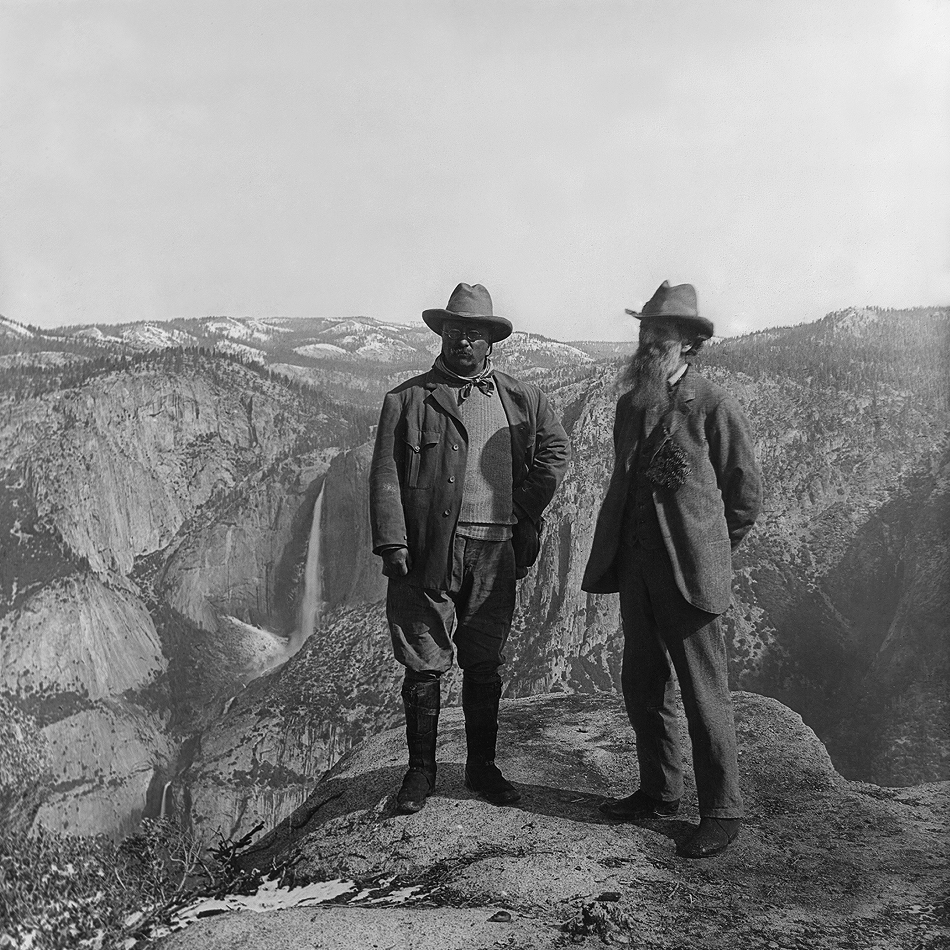13. Preservation.

Archival digital data preservation is now simple and cheap. Make copies of the message. Store it in places accessible to readers. Provide mechanism to assist reading the message. Be sure to tell your peers, heirs and successors about your archive. Go forth and do other things.
Disk storage at SAIL
The first disk hardware at SAIL was the infamous Librascope, followed by the IBM 2314, then then IBM 3330, which in turn was replaced with Ampex DEC RP06 disk drives. Preserving SAIL files Writing the original SAIL file system content from disk to DART tapes went on for 18 years. Copying from 3000 low density tapes to 229 high density tapes took 4 months, May to August 1990. Copying 50 Gigabytes from 229 reels of tapes to 25 Gigabytes, 50 to 25 by tar compress tgz of disk in 1998 took less than four weeks of part time effort. Copying the 10 Gigabyte compressed file disk to a new SATA disk took two minutes, twenty seconds just now, 2014-03-06, on an ordinary desktop Linux work station (and a further 96 seconds real-time to verify the md5sum). Making copies of this archive is not a major expense anymore.
Preservation Strategies
Time Capsules and Markers. Carrying the Baton – Passing the Baton. Carved in Stone. The quest for indelible permanent media.
Mention Stewart Brand and the Clock of the Long Now. Archive preservation is a one-way (half duplex) communication with intellectual entities who might exist in the far future (here on Earth or way out there in spacetime).
- 1. Narrow casting. Time Capsules. Space capsule plaques. Write your message on permanent media and bury it in the desert or bury it in a library.
- 2. Broadcasting. Write your message on cheap media, make zillions of copies to send out in every direction.
- 3. "Baton passing" like in a relay race. Teach/Preach your message to your children and anyone else who might listen or read.
- 4. Chain letters that read: "This is the word of god. Thou shalt make many exact copies. It is the law. Do not change a single letter or dot. You shall be greatly rewarded after you die. If you do not copy this message or if you make any changes, then you will be severely punished. Amen."
I favor the baton passing method and the more subtle kinds of chain letter. Broadcasting and making time capsules can be fun too, but that is not my primary activity. Direct contribution to archive preservation work is done in the here and now. At an archive the past is yours to study and to re-live, while the future is yours for plans and predictions. Indirect contribution seems a bit sad. Old people stand around at exhibits or re-unions to tell how their personal story has not been told correctly or is missing from the exhibit. Worse yet we tend to video tape the more articulate old people at these gatherings which adds gigabytes to digital history while the mere megabytes of higher grade digital ore go unexamined. You do read instructions from people in the past. There is a book, about how to label a nuclear waste dump, Deep Time by Gregory Benford, cite, which relates that a dire warning surrounded with skulls, radiation warnings and bio hazards icons; will be read by future entities as "dig here for the treasure" which in the case of a time capsule is what you want.
Passing the Baton
Exercises
- LOCKSS – Lots Of Copies Keeps Stuff Safe.
- Mirrors.
- Digital Library Software.
- Study the cost of materials and labor for maintaining the DART backup tapes during the first 18 years of its service which started late in 1972. Then the cost of the final MCOPY tape-to-tape effort of 1990. Then estimate a cost forthe 1998 volunteers, begin at 60+ hours of volunteer tape wrangling at $100 per hour the cost of the media they deployed at IBM Almaden to receive the copy pursuant of IBM goals to research related to data mining and massive near line storage systems. year ’72:1980:’89 1990 1998 2016 media 3000+ tapes 229 reels 8 x 9 GB disks 64 GB SD chip cost of media $250. each labor hours 4000+ 1000+ 60+ 0.1 cost of labor $25 $50 $100 per hour $100 total in the day $8000. new:old $ ratio 2.88 1.81 1.45 1.00 present $ Total